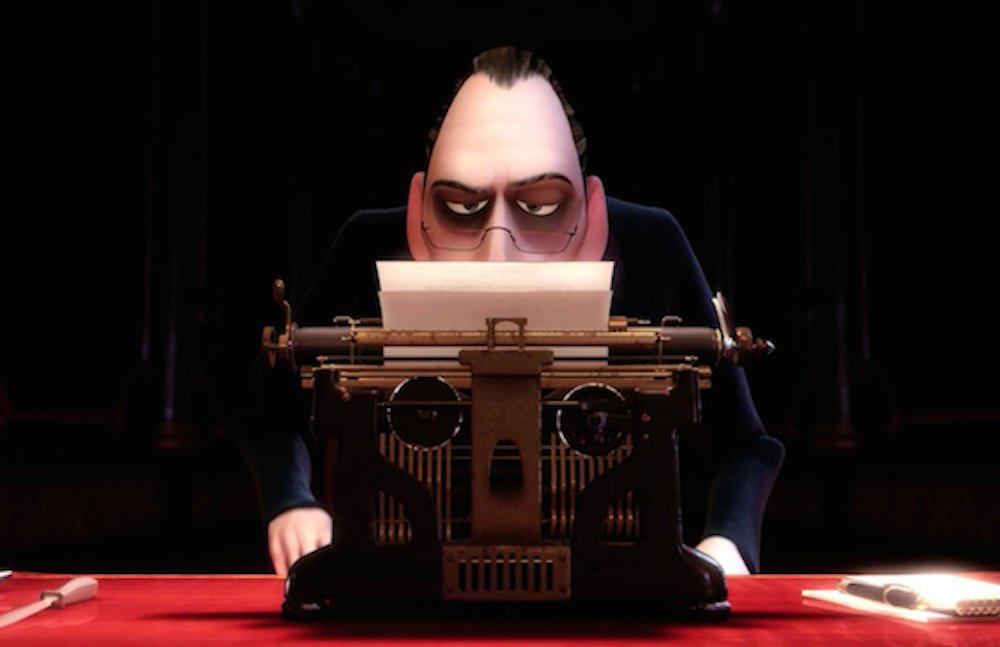Can art critics stay critical?
August 11, 2016

In her first monthly column for TSOTA, London-based art critic Shana Mason argues that art critics must be allowed to be critical.
“What do you do?”
“I’m an art critic.”
“An art critic? So you basically tell people that their art sucks?”
“I wish.”
This is a fairly standard exchange between myself and just about any person I meet, either casually or formally. Whether the person is familiar with what art critics do or not, I’m always thrown a thinly-veiled, accusatory statement that reduces my life’s work to an exercise in belittlement. What’s more, I sense that a visual arts critic or journalist who doesn’t like what they’re writing about is more likely to have their (hopefully paid) review rejected by an editor or content manager versus a writer who writes consistently positive reviews.
Positive reinforcement cannot remain as the sole type of material for an art critic. If I use my academic training and practical experience in looking at art as any kind of guide, I should be able to readily defend an artist’s work parallel to my personal taste. In other words, my initial review of an artist’s work, an exhibition, or a biennial should theoretically be based on practical (not subjective) observation. If I like what I see, more importantly, if I don’t like what I see, I’d better have a sound thought process in saying so.
There are good reasons why a negative review is less likely to run than a positive one. Unlike most forms of cultural entertainment, access to visual art is relatively free. It costs nothing to enter a commercial gallery and certain institutions – The National Gallery, Tate, The Wallace Collection – ask only for donations. To see a film, a ballet, an opera, a concert, or just going into a restaurant costs money. When spending your precious cash on an activity, having some kind of professional reassurance of your choice (usually) equals a win-win scenario: the critic writing about said activity augments their credibility to their readers and their publication, and the reader walks away happy with their experience. Art, however, cannot reliably provide such a scenario. Instead, the art critic becomes a vocal accessory to an exhibition, rather than a trusted, educated voice in interacting with the material.
So, in effect, why would any editor want to waste payment on a negative review of an exhibition when the consumer doesn’t lose hard currency on the excursion? Sure, wasting time doesn’t feel great, but it’s not the same as losing both money and time. Thus, the art critic who does write a not-so-glowing review tends to come off as sour, cynical, and inevitably, a waste of the reader’s time.
Consider this, though: opinions about paid activities rely on both positive and negative feedback to generate a continuous, dynamic pattern of consumption. If a chef, a ballerina, an actor, a director, or a musician can profit from critique (and I stress critique versus trolling or mob-mentality abuse), why can’t a curator, an artist, a gallery director, or even another art critic be offered the same option? A reviewer can carefully, thoughtfully deliver an unflattering assessment of art without losing their cool or their own value as an independent cultural thermometer.
Art critics need love, too.
Shana Beth Mason is an art critic based in London. Contributions include Art in America, FlashArt International, InstallationMag (Los Angeles), Kunstforum.as (Oslo), The Brooklyn Rail, The Miami Rail, San Francisco Arts Quarterly (SFAQ), thisistomorrow.info (London), and Whitehot Magazine (New York).

Comments